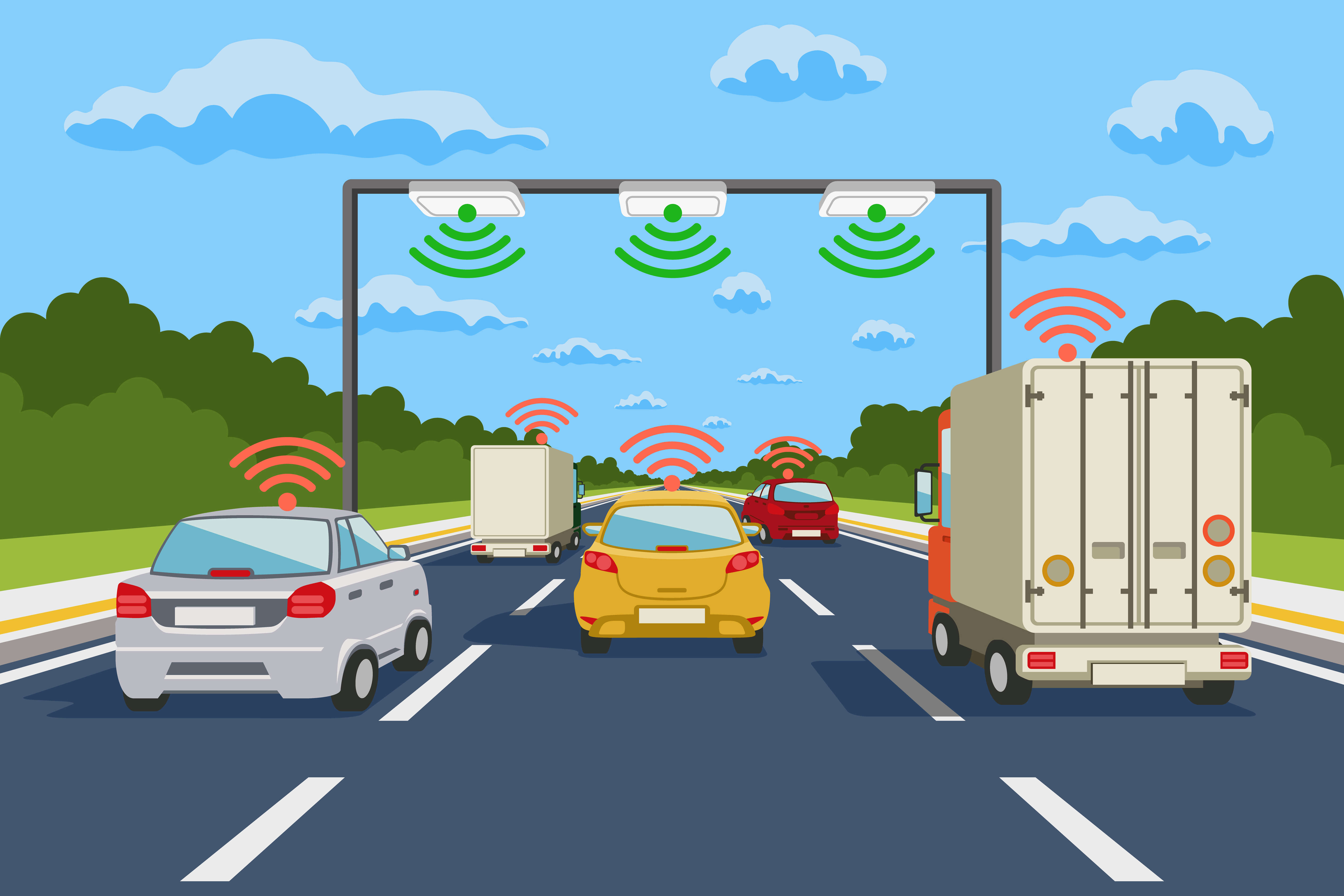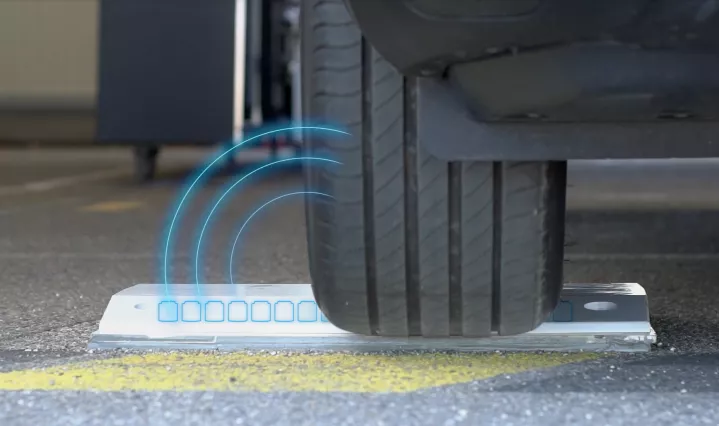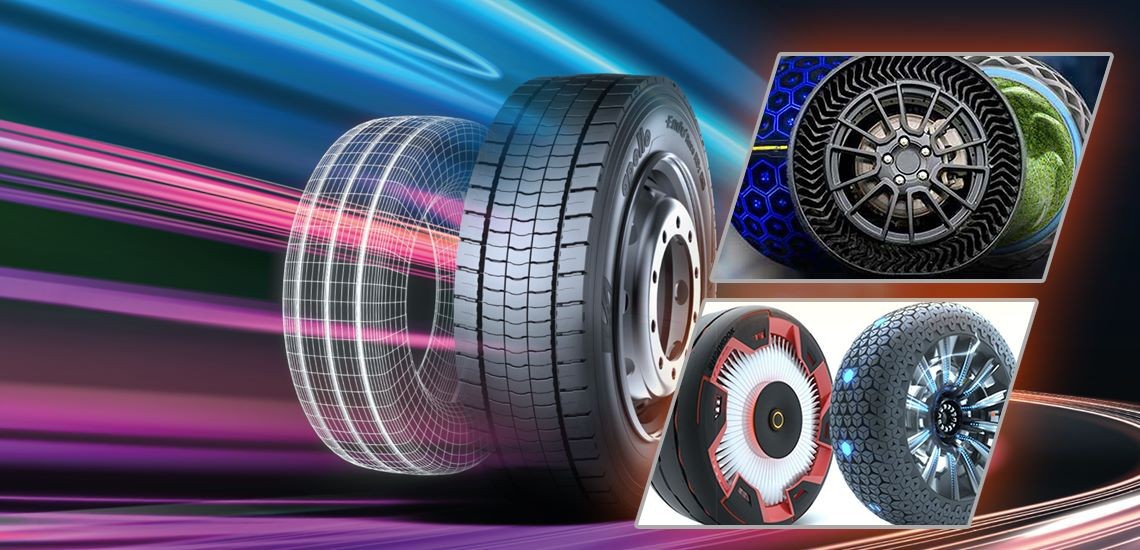Strategic Technologies for Tire Safety
Learn about the strategic technologies that are shaping the future of tire safety and how they save lives.

Advances in Tire Safety Technologies are paving the way for improved safety on our roads, saving lives and preventing accidents. By leveraging intelligent systems and cutting-edge designs, these evolved technologies offer remarkable benefits for motorists worldwide. This article will explore the strategic technologies shaping the future of tire safety.
Safety First: The Revolution in Tire Safety Technologies
Tire safety is a critical aspect of automobile design, affecting every driver and passenger. With the advent of technological advancements, we are witnessing a paradigm shift in tire safety. Let's delve into the specifics of these transformative technologies.
Table of Contents
- Intelligent Tire Pressure Monitoring Systems
- Innovative Safe Tire Designs
- Vehicle-to-Vehicle Communication for Tire Safety
- Automated Tire Safety Checks
- Advancements in Tire Materials
- Puncture Prevention Technologies
- Trends and Future Prospects in Tire Safety Technologies
Intelligent Tire Pressure Monitoring Systems

Today's tire safety technology hinges on critical components like Intelligent Tire Pressure Monitoring Systems (TPMS). These systems monitor tire pressure and alert the driver when the pressure falls below a pre-set level. They play a crucial part in ensuring a vehicle's road grip, handling, and braking capability.
One significant leap in this space is the "direct TPMS". Unlike the conventional TPMS that uses indirect methods to determine tire pressure, direct TPMS uses pressure monitoring sensors within each tire that report pressure data to the vehicle's computer.
Innovative Safe Tire Designs

The innovations in tire designs are nothing short of remarkable. Here's a shortlist of exciting breakthroughs that are making our tires safer:
- Self-Sealing Tires: These tires contain a layer of sealant material that can instantly seal a puncture, reducing the risk of a blowout or sudden flat.
- Run-Flat Tires: Designed to resist the effects of deflation when punctured, these tires allow the vehicle to continue at reduced speeds for limited distances.
- Ecopia Tires: They blend excellent wet grip with low rolling resistance, which reduces fuel costs and CO2 emissions while improving safety.
These design developments have created safer, more economical, and environmentally friendly tires, further enhancing the concept of car safety.
Vehicle-to-Vehicle Communication for Tire Safety

Technological advancements now allow vehicles to "communicate" with each other, drastically improving road safety. Vehicle-to-vehicle (V2V) communication technologies can share information about a car's speed, direction, and tire conditions with nearby vehicles, providing drivers with ample time to react to potential hazards. In the sphere of Tire Safety Technologies, this could revolutionize the way we drive.
Imagine a future where your car could notify the vehicles behind you about a puncture or sudden loss of tire pressure. That's the power of V2V communication!
How does it work?
V2V technology uses a combination of sensors, GPS, and communication devices to share crucial information across vehicles. This data is then interpreted by the vehicle's onboard computer to warn the driver or, in the case of autonomous vehicles, take corrective action itself.
Automated Tire Safety Checks

Preventive maintenance has always been crucial to tire safety. However, checking your tires manually can be laborious and easy to neglect.
Enter Automated Tire Safety Checks, systems designed to perform tire safety checks automatically and remove potential human error from routine checks. These technologies include checking tire tread depth, inspecting for deformities or imperfections, or identifying micro-cracks that could lead to more significant problems down the line.
From smart apps to devices that can scan your tires in a matter of seconds, these innovations are a boon for those who desire “safety-first” on their car journeys.
Advancements in Tire Materials

The traditional black rubber tires we're accustomed to seeing have been subject to major innovations in recent years. Researchers are continuously searching for more durable, efficient, and environmentally-friendly materials.
What materials are making a splash?
- Guayule: This desert shrub produces high-quality rubber, serving as a great stand-in for petroleum-based synthetic rubber.
- Dandelion: Believe it or not, the common dandelion plant is being used to produce rubber for tires. Dandelion rubber is an exciting discovery as it's more sustainable and can be harvested annually.
- Bio-based Materials: Companies like Goodyear are experimenting with the use of soybean oil in lieu of petroleum in tires.
These classes of materials promise to reduce the environmental impact of tire production substantially, all while boosting tire safety and efficiency.
Puncture Prevention Technologies
Despite being a long-time headache for motorists, puncture prevention technology is not talked about as much as it should be. Puncture prevention technology has evolved significantly over the decades. Modern tires can now either immediately seal a puncture or notify the driver in case of a puncture occurrence.
One exciting development is the "self-healing" tire technology, where tires can heal themselves using a magnetic field to shift a liquid compound around the tubeless structure. This technology neutralizes perforations, ensuring fewer trips to the repair shop!
Trends and Future Prospects in Tire Safety Technologies

The landscape of tire safety technology is continuously evolving, characterized by exciting trends and future prospects. Here’s a snapshot of what’s on the horizon:
- Smart Tires: Picture tires embedded with sensors that can monitor their own health, provide real-time data, and interact with driver-assistant systems—the future of smart tires looks promising. Connecting tire data to the functionality of autonomous systems or smartphone apps means your tires could take proactive steps to optimize safety.
- 3D Printed Tires: While still in the experimental phase, 3D printing technology opens up limitless possibilities for custom and sustainable tire manufacturing.
- Zero Air Pressure Tires: Companies like Michelin are working on "tweel" technology, whereby the tires won't need any air pressure to function correctly. This means no more blowouts or punctures- perfect for a safer driving experience.
As technology continues to innovate, we can expect tire safety to grow in leaps and bounds. Ultimately, these developments will drive the wheel industry forward, making our roads safer places to travel.
What's Your Reaction?








































































